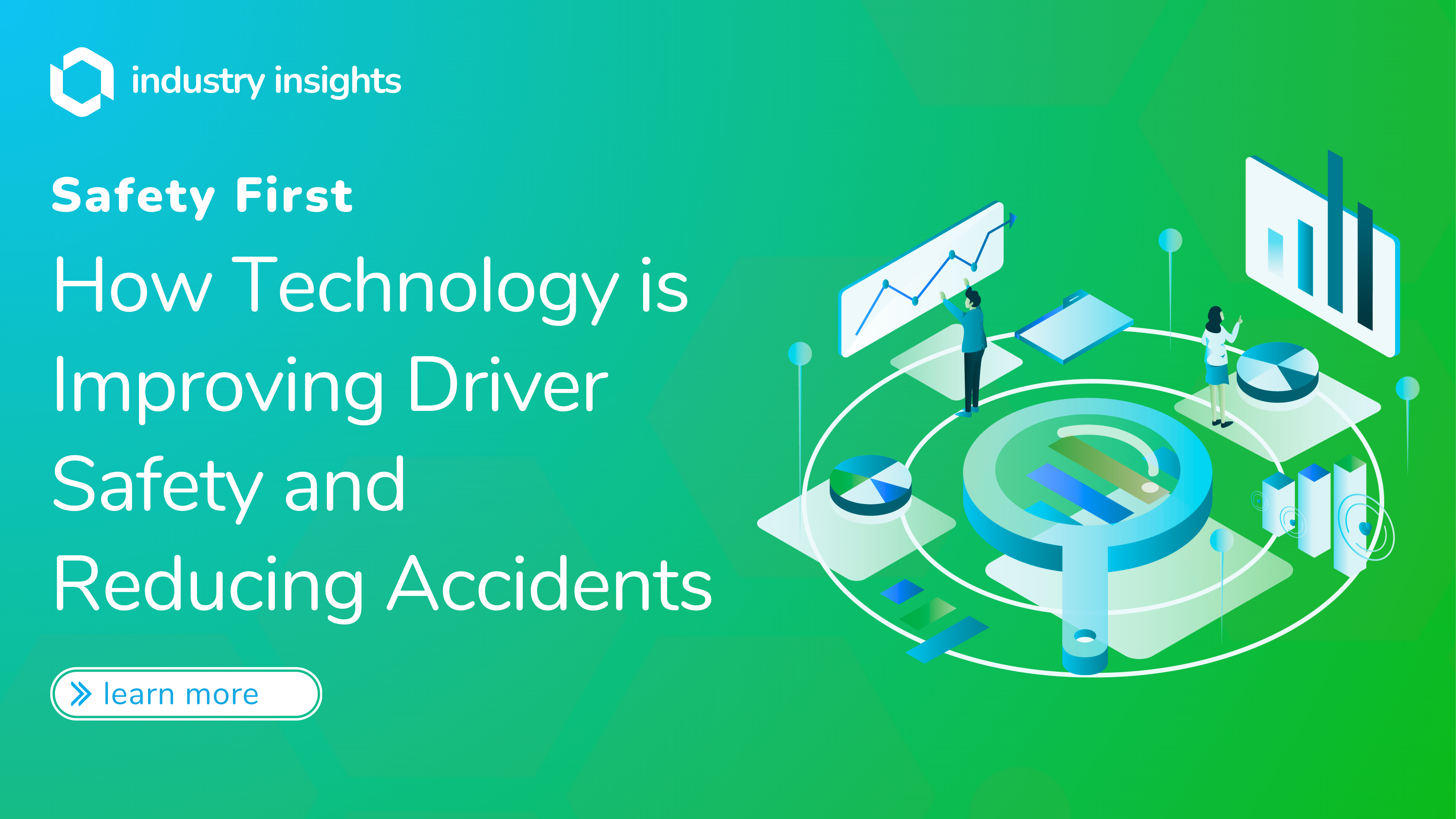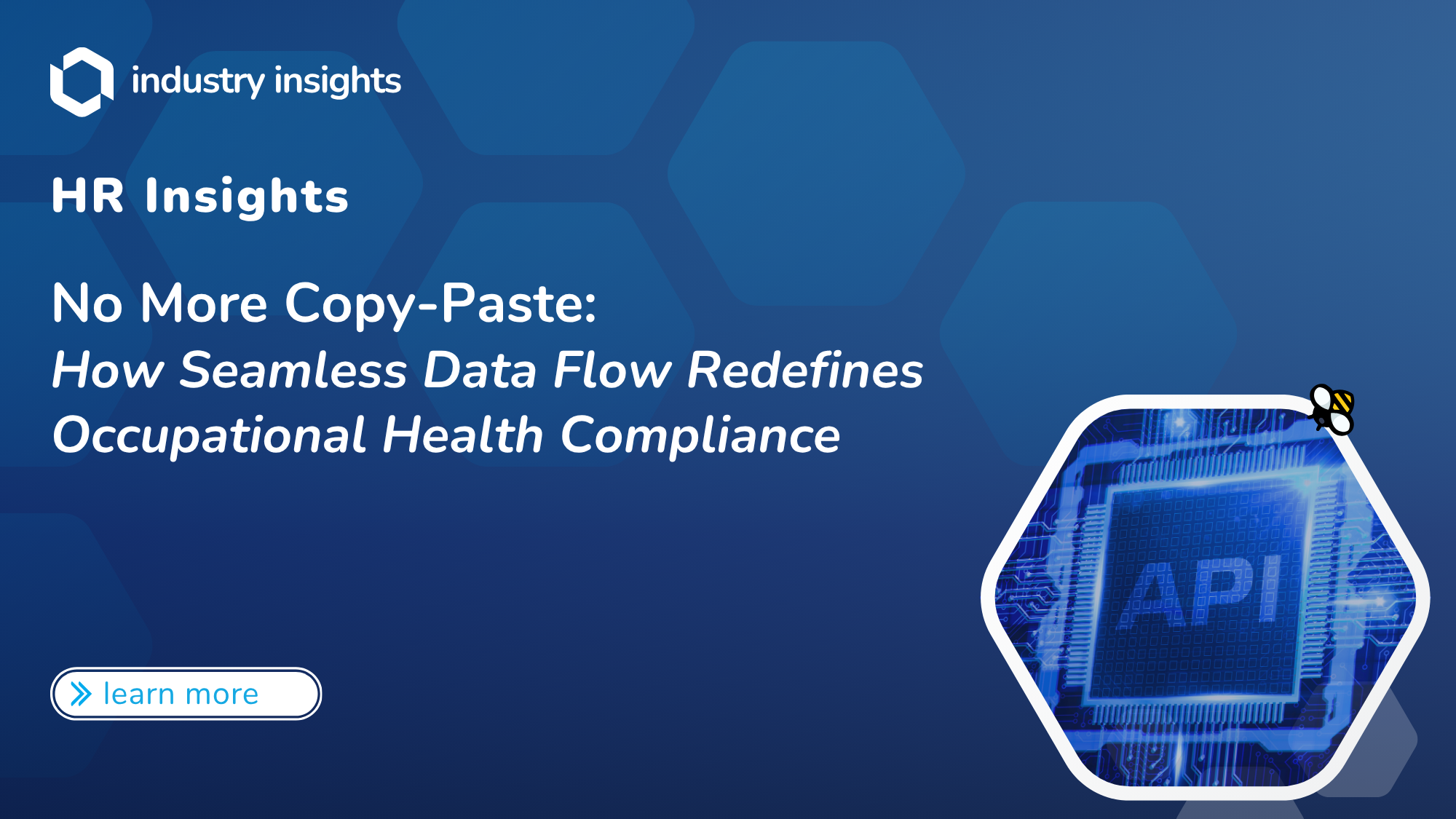In today’s fast-paced transportation industry, ensuring driver safety is more than just a regulatory obligation—it’s an essential factor for boosting operational efficiency, reducing risk, and ultimately saving lives. As technology continues to advance, its transformative impact on driver safety is becoming increasingly apparent. Modern innovations are not only improving road safety but also helping reduce accidents, streamlining operations, and enhancing overall performance. Here’s how the latest technological advancements are reshaping driver safety, and what compliance professionals and transportation managers need to know to stay ahead of the curve.
Advanced Driver Assistance Systems (ADAS)
One of the most significant innovations in vehicle safety is the rise of Advanced Driver Assistance Systems (ADAS). These cutting-edge technologies are revolutionizing how drivers navigate the roads, incorporating features like lane-keeping assist, adaptive cruise control, and automatic emergency braking. ADAS continuously monitors driving conditions and provides real-time alerts, or even takes control in emergencies, to help drivers avoid potential collisions and stay in their lanes.
For transportation companies, vehicles equipped with ADAS represent more than just an investment in safety—they are a pathway to fewer accidents, lower insurance premiums, and improved fleet efficiency. Companies that adopt ADAS are seeing tangible reductions in accident-related costs and enhanced safety for both drivers and passengers.
Fleet Management Software
Another game-changing technology in the transportation industry is fleet management software, which is revolutionizing how companies monitor and manage their vehicles. By enabling real-time tracking of vehicle locations, driver behavior, and maintenance needs, this software provides fleet managers with unprecedented control over their operations.
Insights from driving patterns, such as speeding, harsh braking, or rapid acceleration, allow managers to pinpoint risky behaviors and implement targeted driver training programs. Additionally, predictive maintenance alerts help prevent breakdowns by addressing mechanical issues before they escalate, further reducing the risk of accidents and ensuring that vehicles remain in optimal condition.
Telematics and Data Analytics
The rise of telematics is unlocking a new world of possibilities for improving driver safety. Telematics systems collect and analyze vast amounts of data from vehicles, offering transportation companies a wealth of information on driver performance, vehicle health, and operational efficiency.
By leveraging this data, companies can identify trends contributing to unsafe driving behaviors—such as habitual speeding or aggressive driving—and address them proactively through tailored interventions. Targeted driver coaching and safety programs, informed by real-world data, help create a culture of safety and lead to long-term improvements in driver performance.
In-Cab Technology and Communication Systems
In-cab technology, such as heads-up displays and communication systems, is playing a crucial role in keeping drivers focused and alert on the road. These systems deliver critical information on traffic conditions, navigation, and safety alerts in real time, without distracting drivers from the road ahead.
Moreover, enhanced communication tools ensure seamless coordination between drivers and dispatchers, enabling more efficient route planning and reducing stress associated with miscommunication or unclear instructions. This real-time connectivity fosters smoother operations and safer driving conditions.
The Critical Role of Health Compliance in Safety
While technology is a powerful tool for improving driver safety, driver health remains a critical component that cannot be overlooked. Maintaining a healthy workforce is essential to reducing accidents and keeping drivers alert behind the wheel. Regular health screenings—such as DOT physicals and sleep apnea tests—ensure drivers are physically fit for duty and not impaired by conditions that could jeopardize their performance on the road.
Health issues like obstructive sleep apnea can severely impair a driver’s ability to stay alert and respond quickly to changing road conditions. Ensuring drivers receive the necessary medical evaluations not only safeguards the individual but also the public.
How BlueHive Enhances Health Compliance
This is where BlueHive comes into play. BlueHive’s platform simplifies the management of occupational health services, making it easier for transportation companies to stay compliant with DOT regulations and ensure drivers receive the necessary health screenings. From scheduling DOT physicals to managing sleep apnea tests, BlueHive streamlines these processes, ensuring that your workforce remains healthy and compliant with minimal hassle.
Conclusion
The transportation industry is undergoing a safety revolution driven by technology. From Advanced Driver Assistance Systems and fleet management software to telematics and in-cab communication systems, these innovations are transforming how companies approach driver safety and operational efficiency. However, as we embrace these cutting-edge solutions, it’s equally important to focus on maintaining the health and wellness of drivers. By staying ahead of health compliance regulations, companies can ensure a safe and healthy workforce.
BlueHive is your partner in this journey, offering comprehensive tools to manage occupational health services with ease. By integrating advanced safety technologies with robust health compliance measures, transportation companies can create safer roads and more efficient operations.




